Home>Furniture>Where Should A Dresser Be Placed In A Bedroom
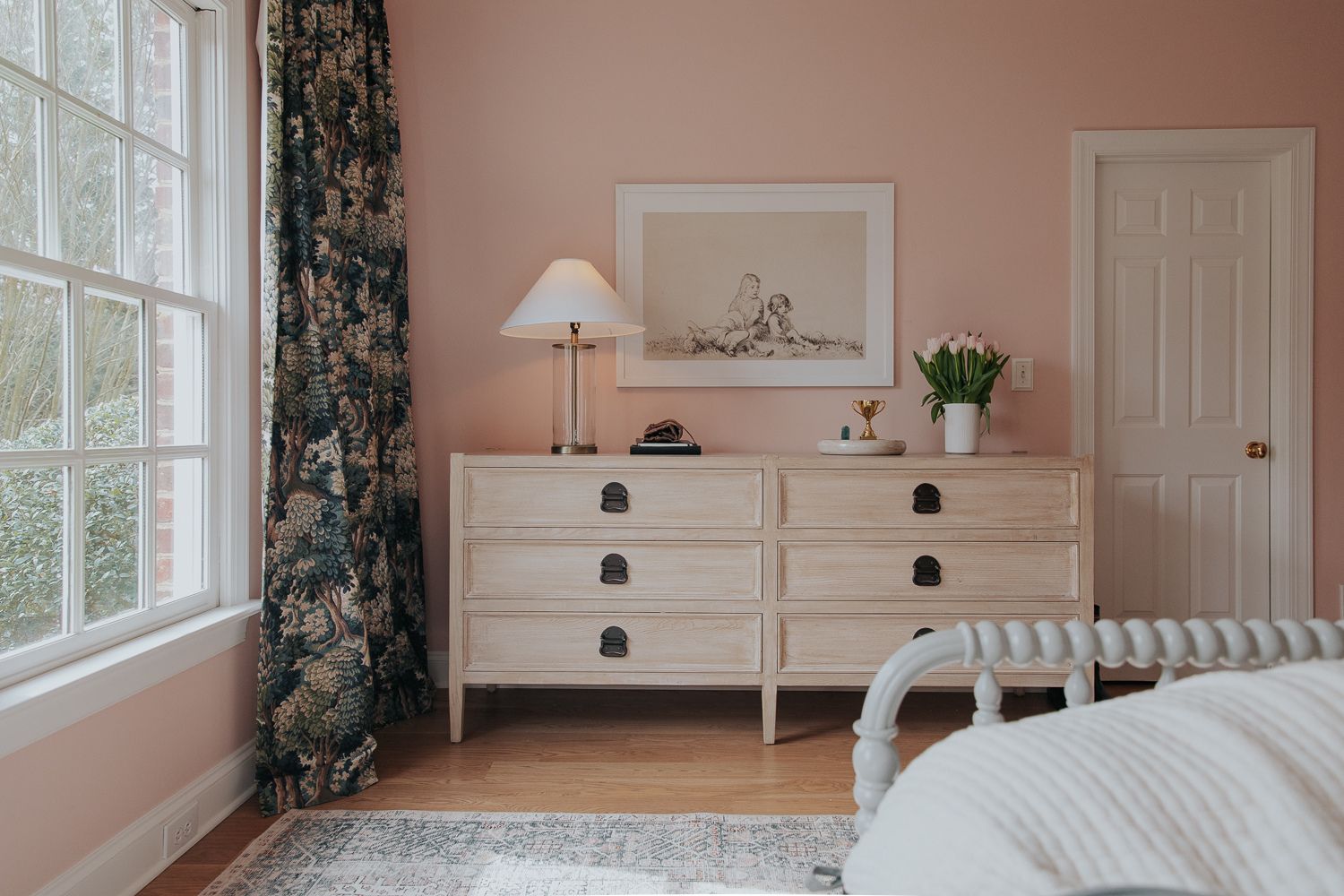

Furniture
Where Should A Dresser Be Placed In A Bedroom
Modified: May 6, 2024
Find the perfect spot for your furniture! Discover where to place a dresser in your bedroom to maximize space and enhance the overall design.
(Many of the links in this article redirect to a specific reviewed product. Your purchase of these products through affiliate links helps to generate commission for Storables.com, at no extra cost. Learn more)
Introduction
When it comes to designing a bedroom, the placement of furniture plays a crucial role in creating a functional and harmonious space. One essential piece of furniture to consider is a dresser, which not only provides storage but also adds aesthetic appeal to the room. Placing a dresser in the right location can enhance the overall layout and flow of the bedroom.
However, determining where a dresser should be placed in the bedroom can be a bit challenging. There are several factors to consider, such as the room’s size, layout, and individual preferences. In this article, we will explore different dresser placement options and offer guidance on how to make the best choice for your specific bedroom.
Whether you have a small or large bedroom, a shared or master bedroom, or if you are following Feng Shui principles, we’ve got you covered. So, let’s dive in and discover the ideal placement for your dresser to create a functional and visually appealing bedroom.
Key Takeaways:
- Maximize floor space and create a clean, organized look by placing a dresser against a wall in your bedroom. Consider functionality, clearance space, and coordinating with other furniture for a streamlined aesthetic.
- In a shared bedroom, prioritize individual space and organization by opting for separate dressers or a shared dresser with designated storage areas. Communicate and compromise to create a harmonious environment.
Factors to Consider when Placing a Dresser
Before diving into specific placement options, let’s first consider the factors that should guide your decision-making process:
- Functionality: One of the primary considerations when placing a dresser is its functionality. Think about how you will use the dresser and what items you will store in it. Do you need easy access to your clothes in the morning? Would you prefer the dresser to be near a mirror for convenience? Ensure that the dresser’s placement aligns with its intended purpose.
- Room Layout: Assess the layout of your bedroom to identify the available space for placing a dresser. Take note of windows, doors, and other furniture that might impact the dresser’s placement. Consider how the dresser will interact with other elements in the room and ensure that it doesn’t obstruct the flow of movement.
- Proximity to Bed: The dresser’s proximity to the bed is another essential factor to consider. You may want the dresser to be easily accessible without having to walk too far from the bed. Placing it within arm’s reach can be convenient, especially if you frequently need to retrieve items from the dresser while lounging in bed.
- Aesthetics: A dresser can serve as a visual focal point in the bedroom, so consider the aesthetics when choosing its placement. Think about how the dresser will complement or enhance the overall design and style of the room. Experiment with different placement options to find the one that creates a pleasing and balanced aesthetic.
- Lighting: Natural light or artificial lighting in the bedroom should also be taken into account when placing a dresser. Avoid positioning the dresser in a spot that blocks or interferes with the flow of light. If the dresser has a mirror, consider how the lighting will reflect and ensure that it is favorable for grooming or getting ready.
By considering these factors, you can make an informed decision about the ideal placement of your dresser. Keep them in mind as we explore the various placement options in the following sections.
Placement Options for Dressers in a Bedroom
Now that we’ve discussed the factors to consider, let’s explore some common placement options for dressers in a bedroom:
- Against a Wall: Placing a dresser against a wall is a popular choice and offers a straightforward and practical solution. This placement option maximizes floor space and keeps the dresser out of the way, creating a clean and organized look for the room. Make sure to leave enough clearance space around the dresser for easy access to drawers and to prevent the dresser from looking cramped.
- Adjacent to the Bed: Another common placement option is to position the dresser alongside or near the bed. This allows for easy access to clothes and creates a convenient setup for getting ready in the morning or before bedtime. Consider the height of the dresser in relation to the height of the bed to ensure a visually balanced look.
- Opposite the Bed: Placing the dresser directly across from the bed can create a symmetrical and balanced aesthetic. This placement option works particularly well in larger bedrooms with ample space. It can also serve as a focal point in the room, especially if the dresser has an eye-catching design or unique features.
- In a Corner: If you have limited wall space, consider placing the dresser in a corner of the bedroom. This can help maximize the use of available space and create a cozy and tucked-in feel. Be mindful of the scale and proportion of the dresser to ensure it fits comfortably in the corner without overwhelming the room.
- Under a Window: Placing a dresser under a window can be a creative and space-saving option. This not only utilizes otherwise empty space but also allows for natural light to illuminate the dresser and create an inviting atmosphere. Consider the height of the window sill and ensure that it doesn’t obstruct the functionality or aesthetic appeal of the dresser.
These are just a few placement options to consider when positioning your dresser in the bedroom. Ultimately, the choice will depend on the specific layout and dimensions of your room, as well as your personal preferences and style.
In the following sections, we will explore dresser placement considerations for small bedrooms, large bedrooms, shared bedrooms, and master bedrooms. Stay tuned!
Placing a Dresser Against a Wall
One of the most common and practical placement options for a dresser in a bedroom is to position it against a wall. Placing a dresser against a wall has several advantages:
- Maximizing Floor Space: By placing the dresser against a wall, you leave more open floor space in the room. This can make the bedroom feel more spacious and open, especially in smaller rooms. It also allows for easier movement around the room, making it more functional and practical.
- Clean and Organized Look: Placing the dresser against a wall creates a clean and organized appearance for the bedroom. The dresser becomes a focal point against the backdrop of the wall, allowing other elements in the room to shine. This placement option is especially suitable if you prefer a minimalistic or clutter-free aesthetic.
- Easier Access to Drawers: Positioning the dresser against a wall allows for easy access to the drawers. You can open and close the drawers without any obstructions or the need to move around the room. This can be particularly convenient when you are in a hurry or need quick access to your clothes and belongings.
- Opportunity for Wall Decor or Mirror: Placing a dresser against a wall provides an opportunity to incorporate wall decor or hang a mirror above the dresser. You can enhance the visual appeal of the bedroom by adding artwork, photographs, or a decorative mirror, which can also serve a functional purpose for grooming or getting ready.
When placing a dresser against a wall, consider the following tips:
- Allow Sufficient Clearance: Make sure to leave enough space around the dresser for easy access to drawers and smooth movement. Avoid placing the dresser too close to other furniture or walls, as it can make the room feel cramped and hinder functionality.
- Consider the Scale and Proportion: Ensure that the size of the dresser is proportionate to the wall and the room. A tiny dresser against a large wall can appear dwarfed and insignificant, while an oversized dresser can overwhelm the space. Find a balance that creates visual harmony and complements the overall design of the room.
- Coordinate with Other Furniture: Consider how the dresser will coordinate with other furniture pieces in the room. Aim for a cohesive and balanced look by selecting complementary colors, styles, and materials. This will create a visually pleasing and harmonious atmosphere in the bedroom.
Placing a dresser against a wall is a versatile and practical option that works well in various bedroom layouts. It offers functionality, organization, and an opportunity to enhance the aesthetic appeal of the space. Consider this placement option if you prefer a clean and streamlined look for your bedroom.
Dresser Placement in Small Bedrooms
When it comes to placing a dresser in a small bedroom, maximizing space and maintaining functionality are key considerations. Here are some tips to optimize dresser placement in small bedrooms:
- Utilize Vertical Space: In small bedrooms, floor space is often limited. Consider utilizing vertical space by opting for a taller dresser. A tall dresser with multiple drawers can provide ample storage without taking up too much floor space.
- Choose a Compact Dresser: Look for a dresser with a compact design. A smaller footprint will make it easier to find a suitable spot in a small bedroom. Opt for dressers with narrower profiles or even corner dressers that can efficiently fit into tight spaces.
- Consider Dual Function Furniture: In a small bedroom, it can be beneficial to choose furniture that serves multiple purposes. Look for a dresser that incorporates a mirror or has a top surface that can double as a vanity or workspace. This way, you can maximize functionality while minimizing the need for additional furniture pieces.
- Place the Dresser in a Corner: Placing the dresser in a corner can help maximize space in a small bedroom. It allows you to utilize an otherwise unused area while keeping the main floor space open and free. Consider using a corner dresser that fits snugly in the corner without obstructing movement in the room.
- Mount the Dresser on the Wall: Another space-saving option is to mount a wall-mounted dresser. This eliminates the need for floor space and creates a visually lighter and more open look. Ensure that the dresser is securely fastened to the wall and that the height is suitable for easy accessibility.
When placing a dresser in a small bedroom, keep the following guidelines in mind:
- Avoid Obstructing Traffic Flow: Ensure that the placement of the dresser does not hinder the flow of movement in the room. Leave enough space around the dresser for comfortable navigation without causing any obstacles or creating a cramped feeling.
- Strategic Placement: Consider strategically placing the dresser near the closet or the bed to create a cohesive and functional layout. This ensures easy access to clothing and minimizes unnecessary movement within the limited space of a small bedroom.
- Keep it Simple: In small bedrooms, keeping the overall design and decor simple can create a more spacious and airy feel. Choose dressers with clean lines and a minimalist aesthetic to avoid overwhelming the room visually.
By following these tips and being mindful of the available space, you can find the perfect dresser placement in a small bedroom. Remember, the goal is to maximize functionality while maintaining an open and organized space.
A dresser should be placed against a wall, ideally opposite the bed, to create balance in the room. This allows for easy access to the drawers and prevents the dresser from obstructing the flow of the room.
Read more: Where To Place A Lamp In The Bedroom
Dresser Placement in Large Bedrooms
In a large bedroom, you have the luxury of more space to work with when it comes to dresser placement. Here are some considerations to keep in mind:
- Create a Focal Point: In a larger bedroom, you can use the dresser as a focal point to anchor the room. Opt for a dresser with unique design elements or a striking finish to draw attention. Place it in a prominent position, such as against a feature wall or in the center of a wall, to make a statement.
- Consider Symmetry: Symmetry can create a sense of balance and harmony in a large bedroom. If space permits, consider placing a matching pair of dressers on either side of the bed. This creates visual symmetry and provides ample storage for both individuals in a shared bedroom.
- Separate Dressing Area: In a large bedroom, you may have enough space to create a separate dressing area. This could include a vanity or a dedicated space for your dresser and a mirror. Position the dresser in this dedicated area to create a designated space for getting ready and add a touch of elegance to the room.
- Consider Scale: With more space to work with, you can opt for a larger dresser that fits the scale of the room. A sizable dresser can add grandeur and presence to a large bedroom. Just ensure that it is proportionate to the size of other furniture and doesn’t overwhelm the space.
- Create Zones: Use the size of the room to your advantage by creating distinct zones within the bedroom. Place the dresser in a specific zone dedicated to clothing storage and organization. This helps create a sense of organization and order, making it easier to find and access items.
When placing a dresser in a large bedroom, keep the following tips in mind:
- Consider Traffic Flow: In a larger bedroom, there is usually more space for movement. Ensure that the dresser’s placement doesn’t obstruct traffic flow within the room. Leave enough clearance space to move around the dresser comfortably without creating any obstacles or congested areas.
- Balance Furniture Placement: Consider the overall layout of the room and balance the placement of the dresser with other furniture pieces. Distribute the visual weight by placing larger furniture items, such as the bed or a large armoire, on opposite walls or in different corners of the room.
- Coordinate with Design Scheme: In a large bedroom, you have more room to incorporate design elements and accessories. Choose a dresser that complements the overall design scheme of the room. It should coordinate with the color palette, style, and materials of other furniture and decor items.
With the abundance of space in a large bedroom, you have the opportunity to be creative and make a statement with your dresser placement. Consider these tips to create a well-balanced and visually captivating bedroom design.
Placement Considerations for Shared Bedrooms
Shared bedrooms present unique challenges when it comes to dresser placement. Here are some considerations to keep in mind when sharing a bedroom with a partner, sibling, or roommate:
- Individual Dressers: To maintain personal space and organization, consider placing individual dressers for each person sharing the bedroom. Each person can have their own dresser, allowing for separate storage and organization of clothing and personal items.
- Mirror Placement: If space permits, consider placing a mirror between the two dressers to create a convenient shared grooming area. This allows both individuals to have access to a mirror for getting ready while maintaining their own separate storage spaces.
- Symmetrical Placement: If you prefer a symmetrical look, you can place matching dressers on either side of the room, ensuring equal storage space for each person. This creates a visually balanced and harmonious appearance in the shared bedroom.
- Consider a Shared Dresser: If storage space is limited or if you prefer a more unified look, consider using a larger shared dresser with separate sections or labeled drawers for each person. This promotes cooperation and organization while reducing the need for multiple individual dressers.
- Privacy Considerations: When placing dressers in a shared bedroom, be mindful of privacy considerations. Avoid situating dressers in a way that would infringe on personal space or invade each person’s privacy when accessing their dressers.
When placing dressers in a shared bedroom, keep the following tips in mind:
- Communication: Discuss dresser placement and organization with your roommate, partner, or sibling. Consider each other’s needs and preferences to find a solution that works for both individuals. Communication and compromise are key to creating a harmonious environment.
- Separate Storage Spaces: If using separate dressers, make sure that each person has enough space to store their belongings. Determine fair and equitable division of drawer space to prevent conflicts or the feeling of inequality.
- Maximizing Space: In a shared bedroom, space can be at a premium. Look for dressers that have adequate storage capacity while minimizing their physical footprint. Utilize vertical space and ensure that the dressers fit comfortably in the room without impeding movement.
- Account for Traffic Flow: Consider the placement of dressers in relation to other furniture and the room’s layout to maintain a smooth traffic flow. Leave enough space for individuals to move around the room without obstacles or congestion.
By considering the needs and preferences of both individuals sharing the bedroom, you can find a dresser placement solution that promotes organization, harmony, and personalized space in a shared bedroom.
Dresser Placement in Master Bedrooms
In a master bedroom, dresser placement plays a crucial role in creating a serene and functional space. Here are some tips to consider when placing a dresser in a master bedroom:
- Balance with the Bed: When placing a dresser in a master bedroom, consider its relationship to the bed. One common approach is to position the dresser opposite the bed, creating a balanced and symmetrical design. This arrangement creates a cohesive and visually appealing focal point in the room.
- Create a Dressing Area: A master bedroom often has enough space to accommodate a separate dressing area. Consider placing the dresser in this designated space, along with a mirror and any additional elements such as a vanity or seating. This creates a luxurious and functional area solely dedicated to getting ready.
- Utilize Alcoves or Nooks: If your master bedroom has alcoves or nooks, these can be perfect spots for placing a dresser. Utilize these unique architectural features to create an intimate and cozy corner for your dresser, enhancing both functionality and aesthetics.
- Consider Dresser Size: In a master bedroom, you typically have more space to work with. Therefore, you can opt for a larger dresser that provides ample storage. A bigger dresser can also serve as a statement piece, elevating the overall design and adding a touch of elegance to the room.
- Consider Dresser Placement With Other Furniture: Ensure that the placement of the dresser complements other furniture pieces in the master bedroom. The dresser should harmonize with the bed, nightstands, and any other storage or seating elements. Aim for a cohesive and unified design that creates a sense of balance and harmony in the room.
When placing a dresser in a master bedroom, keep the following tips in mind:
- Clearance Space: Leave sufficient clearance space around the dresser for easy access to drawers and movement within the room. Avoid placing the dresser too close to other furniture pieces or walls, as this can make the room feel cramped and hinder functionality.
- Consider Natural Light: Assess the natural light sources in your master bedroom when placing the dresser. Avoid positioning the dresser in a way that obstructs or reflects light unfavorably. Ensure that the lighting is conducive for grooming and that it enhances the overall ambiance of the room.
- Personalize the Space: A master bedroom is your sanctuary, so personalize the dresser placement to reflect your style and preferences. Add decorative elements such as candles, art pieces, or plants to personalize the dresser area and make it feel like your own cozy retreat.
By considering the overall layout, size, and style of your master bedroom, you can find the ideal placement for your dresser. It should enhance the functionality, aesthetics, and overall ambiance of the space to create a serene and luxurious retreat.
Dresser Placement for Feng Shui
In Feng Shui, the placement of furniture, including dressers, is believed to have a significant impact on the flow of energy within a space. Here are some guidelines to consider when placing a dresser for Feng Shui:
- Positioning: In Feng Shui, it is generally recommended to place the dresser on a solid wall, away from any windows or doors. This provides a sense of stability and grounding for the dresser and promotes a sense of security and support in the room.
- Bed Alignment: In Feng Shui, it is important to align the dresser with the bed. Avoid positioning the dresser where it directly faces the bed or its reflection can be seen in the mirror while lying down. This is believed to create a sense of instability and disrupt the flow of energy in the room.
- Clearance Space: Ensure that there is enough clearance space around the dresser to allow the energy to flow freely. Avoid cluttering the top of the dresser with unnecessary items and keep the drawers organized to maintain a sense of harmony and clarity in the space.
- Mirrors: In Feng Shui, mirrors are considered powerful tools for reflecting and redirecting energy. If your dresser has a mirror, be mindful of its placement. Avoid positioning the mirror in a way that reflects the bed or any negative energy. Instead, aim for a placement that opens up the space and enhances natural light.
- Bagua Placement: Consider the Bagua, the Feng Shui energy map, when placing your dresser. Locate the area of the room that corresponds to the purpose you intend for the dresser, such as abundance or relationship. Place the dresser in that specific area to amplify the energy and intention associated with that sector of the room.
When placing a dresser for Feng Shui, keep the following additional tips in mind:
- Balance and Harmony: Aim for a balanced and harmonious placement of the dresser within the room. Ensure that the size, shape, and color of the dresser complement the overall design of the space and create a sense of equilibrium.
- Intention and Cleansing: Before placing the dresser, set a clear intention and invite positive energy into the space. You can also cleanse the dresser and its contents using sage or other cleansing methods to remove any negative energy and promote a fresh start.
- Personal Connection: Finally, remember that Feng Shui is a deeply personal practice. It is essential to trust your own intuition and connection to the space when placing your dresser. Ultimately, the goal is to create a harmonious and nurturing environment that supports your well-being.
By applying these Feng Shui principles to the placement of your dresser, you can create an energetically balanced and harmonious space that promotes positive energy flow and enhances your overall well-being.
Read more: Where To Place Rugs In Bedroom
Conclusion
The placement of a dresser in a bedroom is an important consideration that can greatly impact the functionality and aesthetics of the space. By taking into account factors such as room size, layout, and individual preferences, you can find the ideal placement for your dresser.
Placing a dresser against a wall offers a practical and organized solution, maximizing floor space and creating a clean and streamlined look. For small bedrooms, consider utilizing vertical space, opting for compact dressers, or placing the dresser in a corner to maximize functionality.
In larger bedrooms, dresser placement can vary depending on personal preferences. Consider creating a focal point, utilizing alcoves or nooks, or positioning the dresser in a separate dressing area for added luxury.
In shared bedrooms, it’s essential to find a balance between personal space and shared functionality. Explore individual dressers, symmetrical placement, or a shared dresser with designated storage areas for each person.
In master bedrooms, dresser placement should contribute to a serene and harmonious environment. Consider aligning the dresser with the bed, creating a dressing area, or utilizing unique architectural features to enhance visual appeal.
For those who embrace Feng Shui principles, dresser placement can optimize the flow of energy in the bedroom. Consider positioning the dresser away from windows and aligning it with the bed, while maintaining clearance space and mindful mirror placement.
Ultimately, the placement of a dresser in a bedroom is a personal choice that should align with your individual needs, style preferences, and overall bedroom design. By carefully considering the factors and options discussed in this article, you can find the perfect placement for your dresser, creating a functional, organized, and visually appealing bedroom space.
So, take the time to assess your bedroom, envision the desired outcome, and experiment with different placement options to find the ideal spot for your dresser. With thoughtful consideration and creativity, your dresser placement can transform your bedroom into a beautiful and harmonious retreat.
Once you've decided on the ideal placement for your dresser, why stop there? Spruce up your living space with our guide on furniture arrangement, where we lay out 10 essential rules that make any living room both functional and stylish. And for those who crave clutter-free spaces, our insights on home organization through the best fabric storage cubes will surely transform your approach to tidying up. Ready to give your home a fresh, organized look? Dive into these reads next!
Frequently Asked Questions about Where Should A Dresser Be Placed In A Bedroom
Was this page helpful?
At Storables.com, we guarantee accurate and reliable information. Our content, validated by Expert Board Contributors, is crafted following stringent Editorial Policies. We're committed to providing you with well-researched, expert-backed insights for all your informational needs.
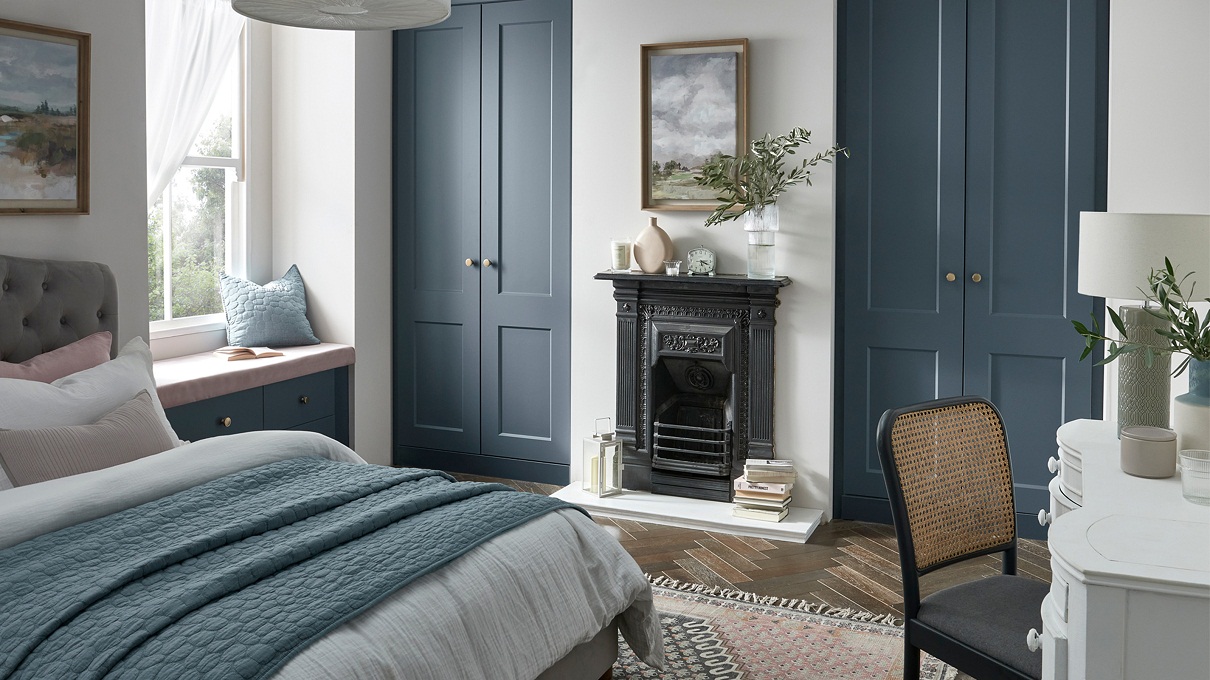


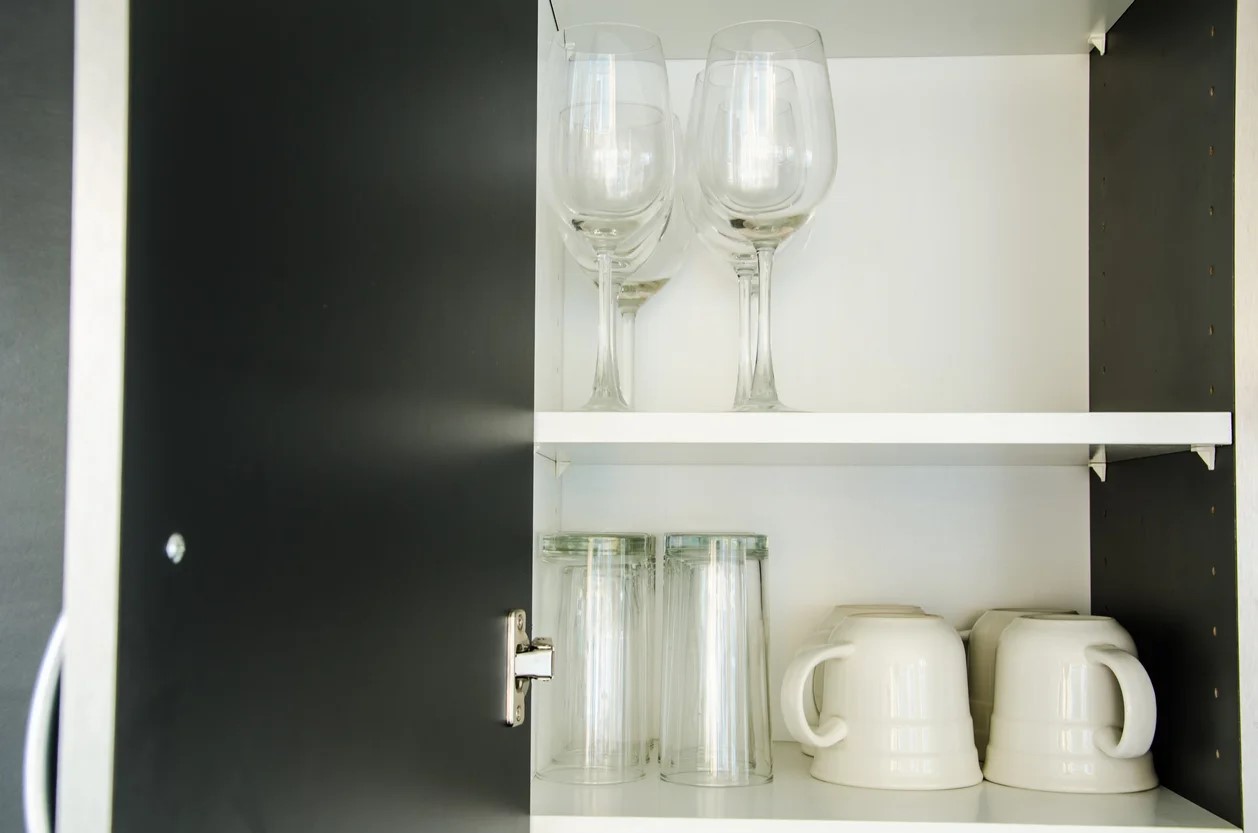
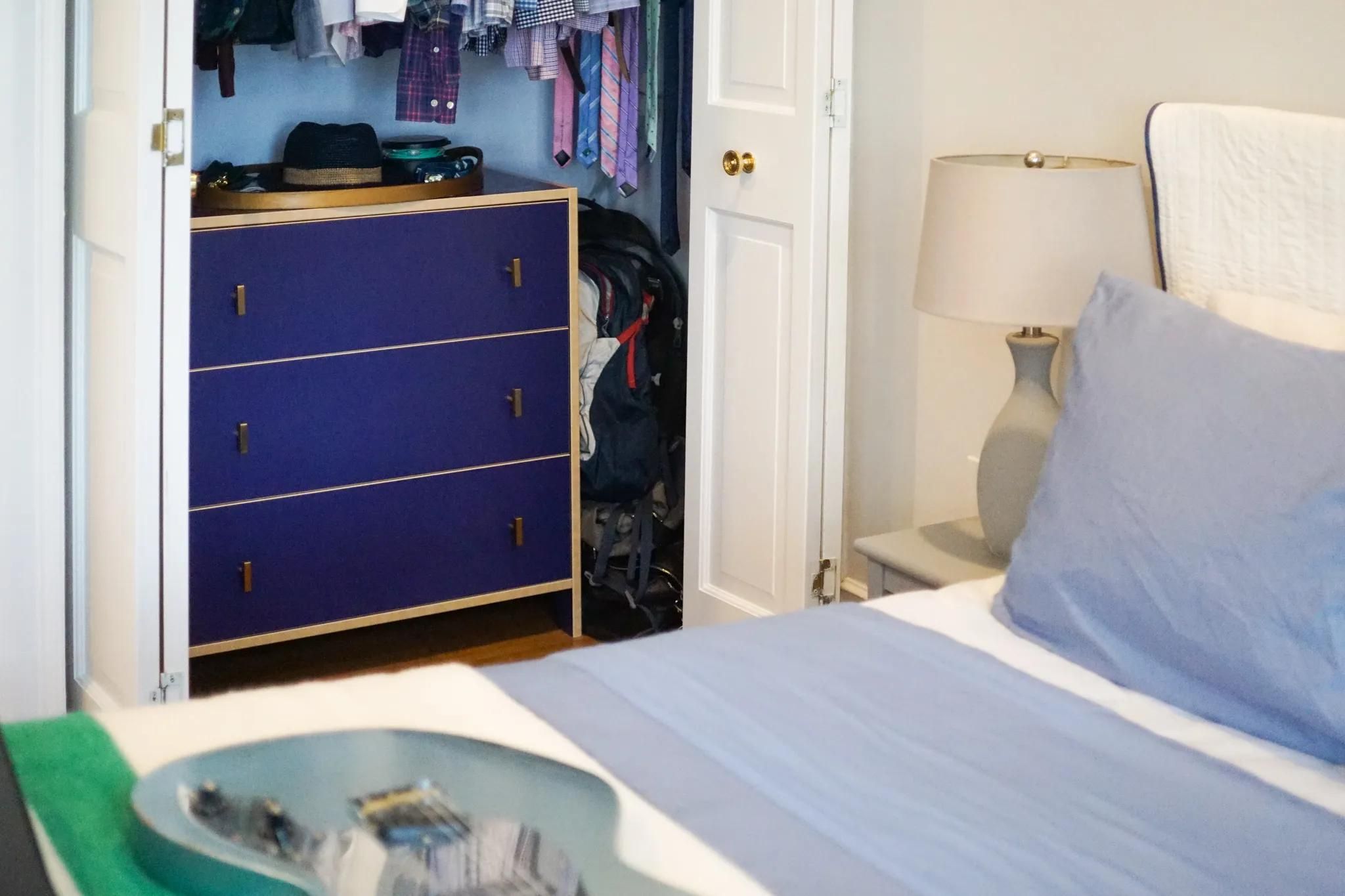


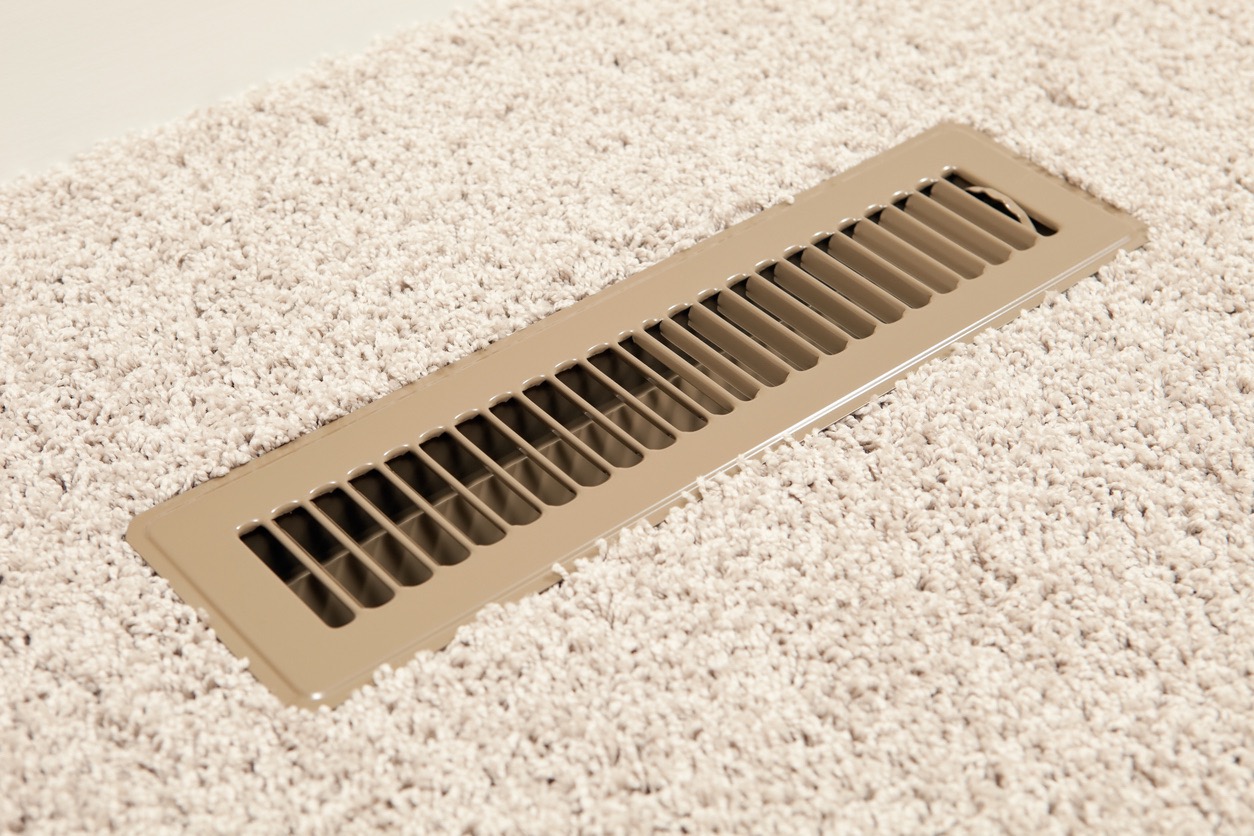
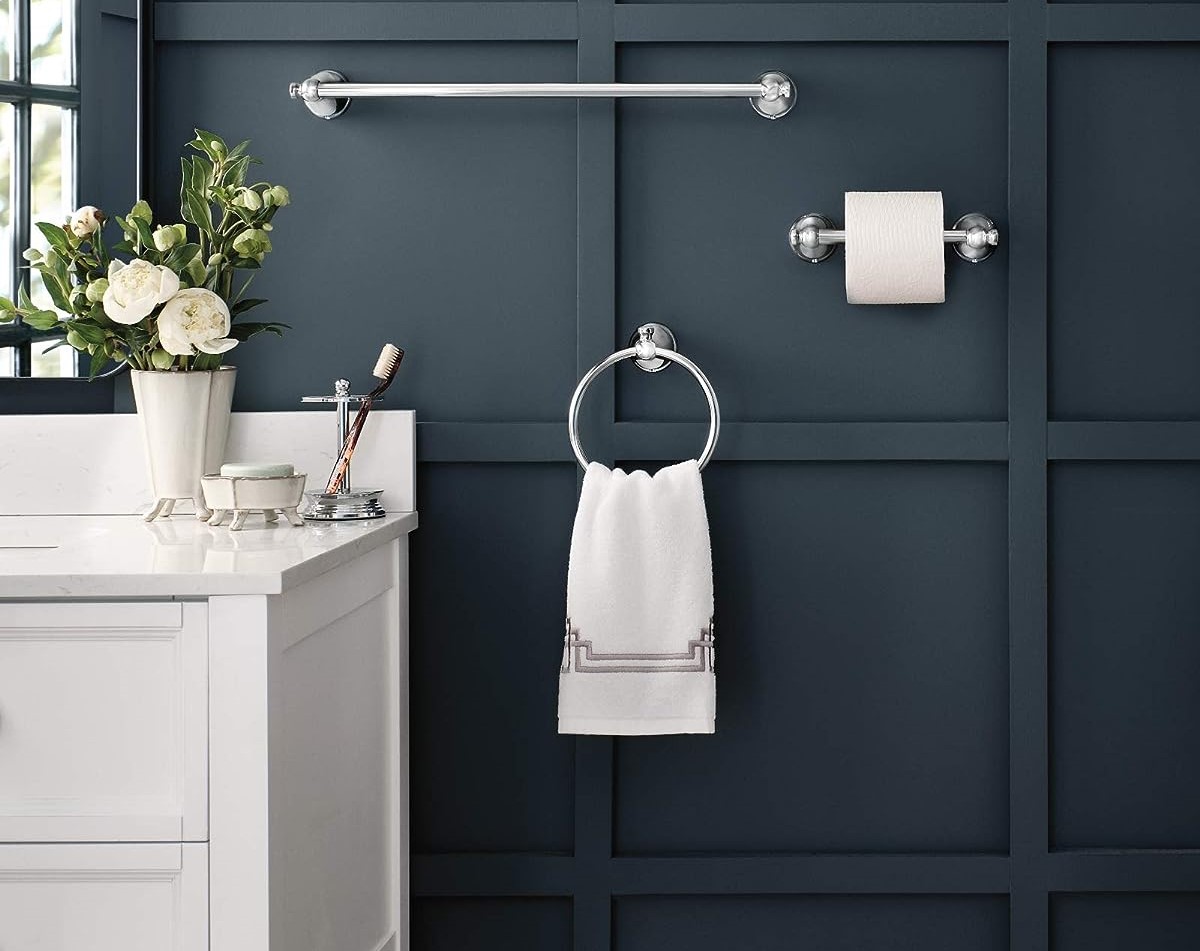
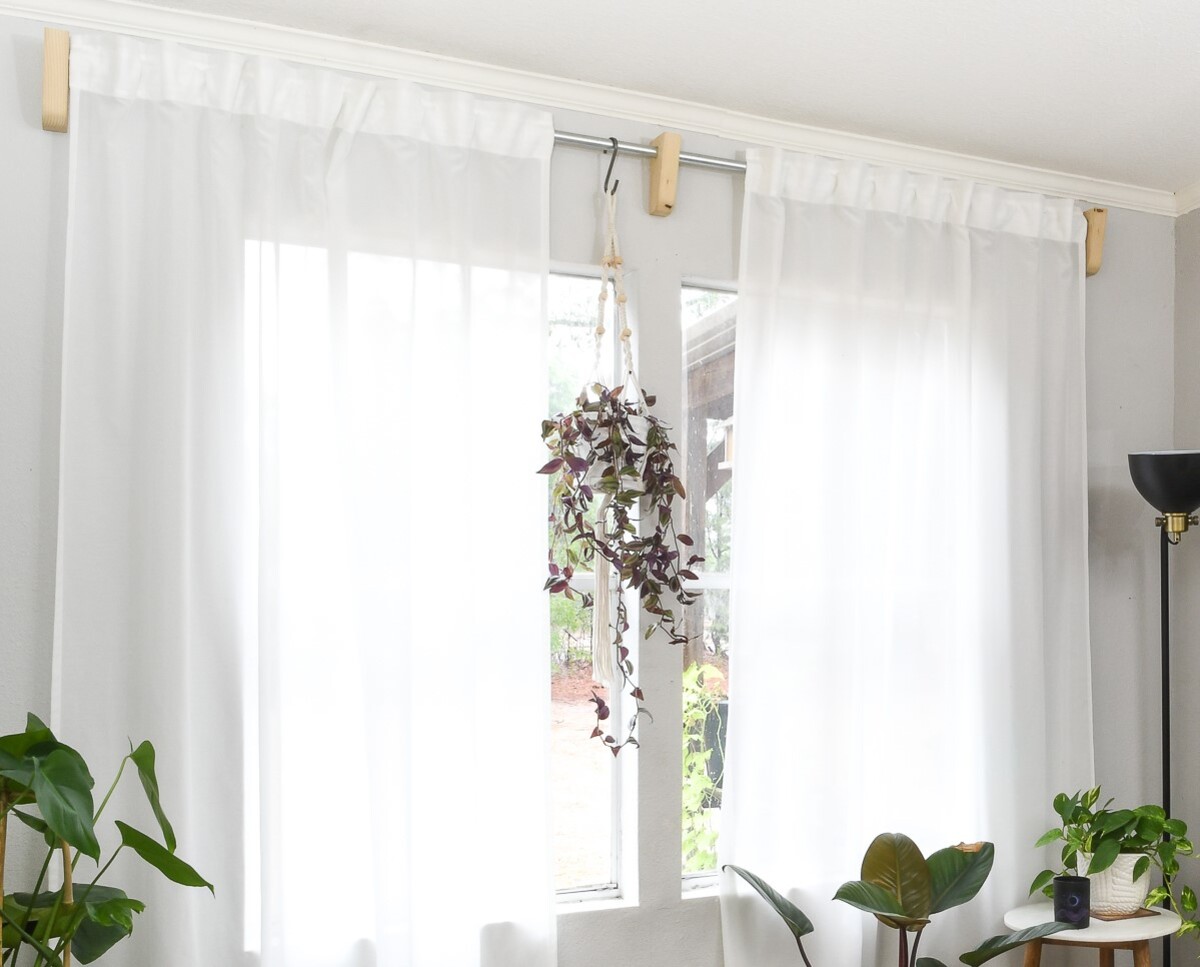
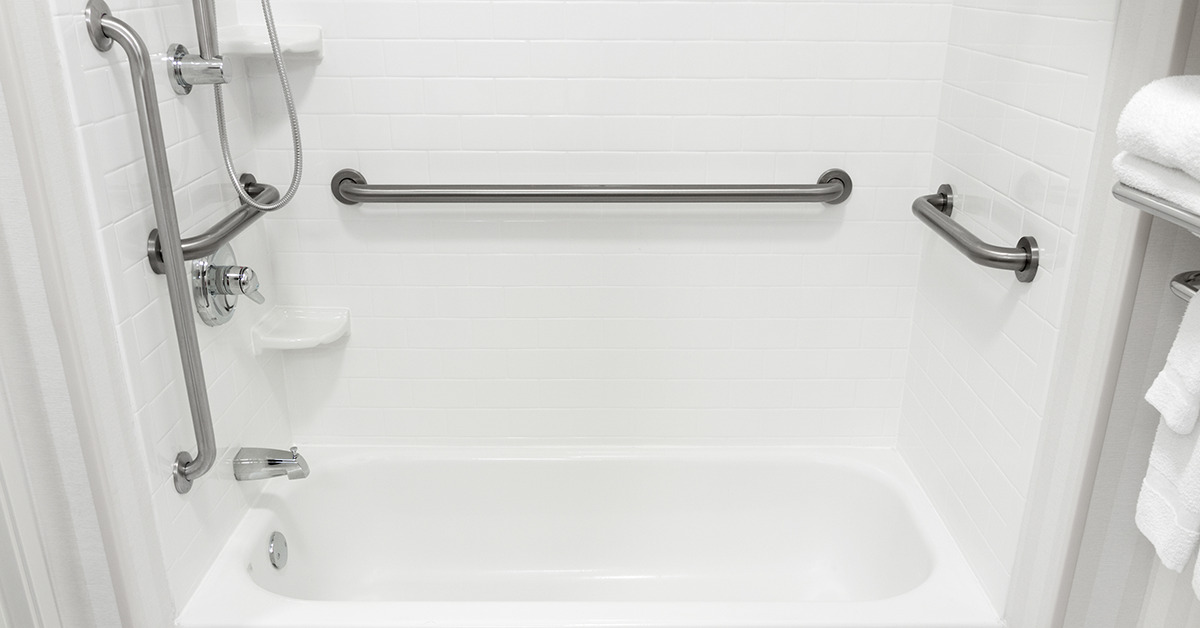

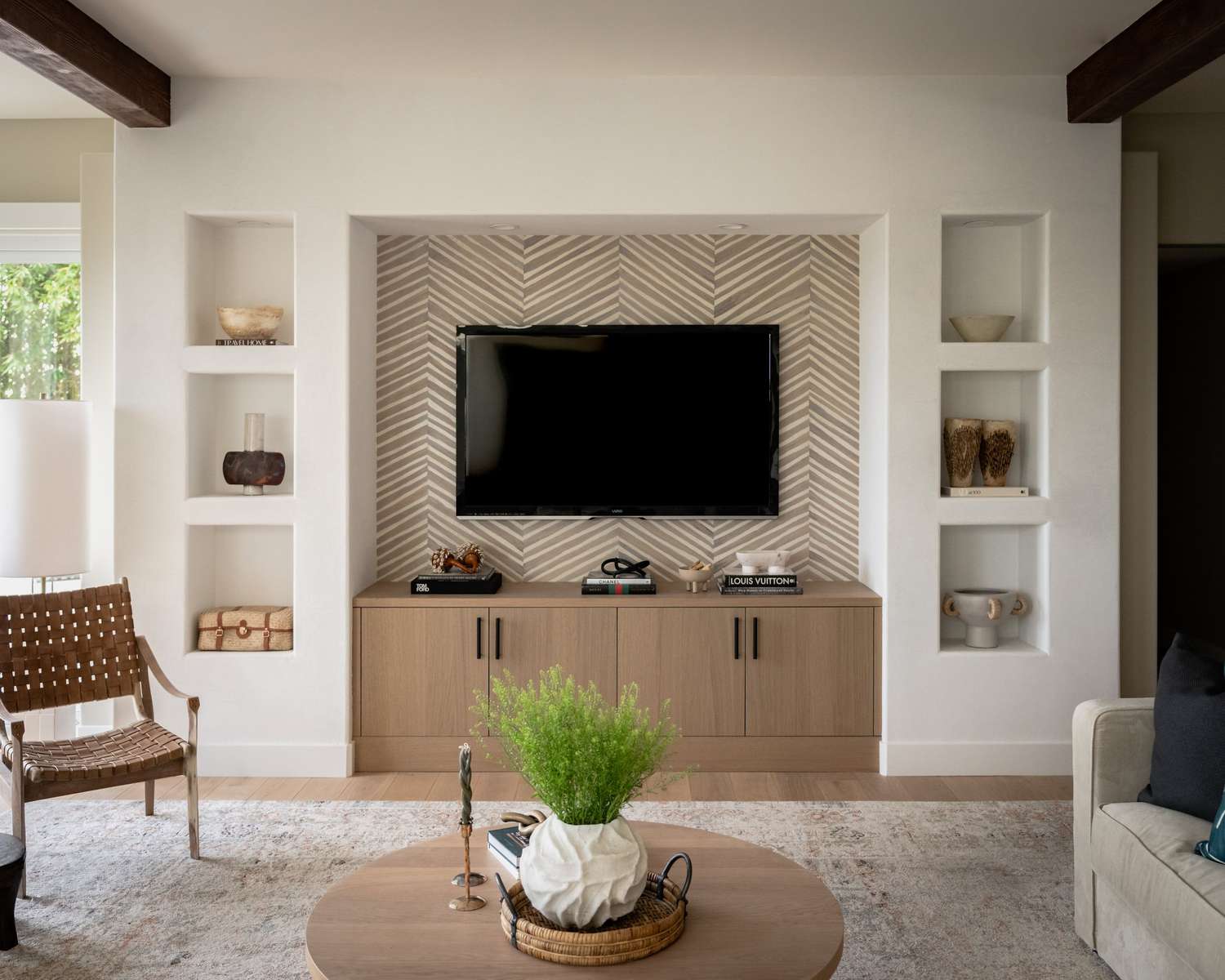

0 thoughts on “Where Should A Dresser Be Placed In A Bedroom”